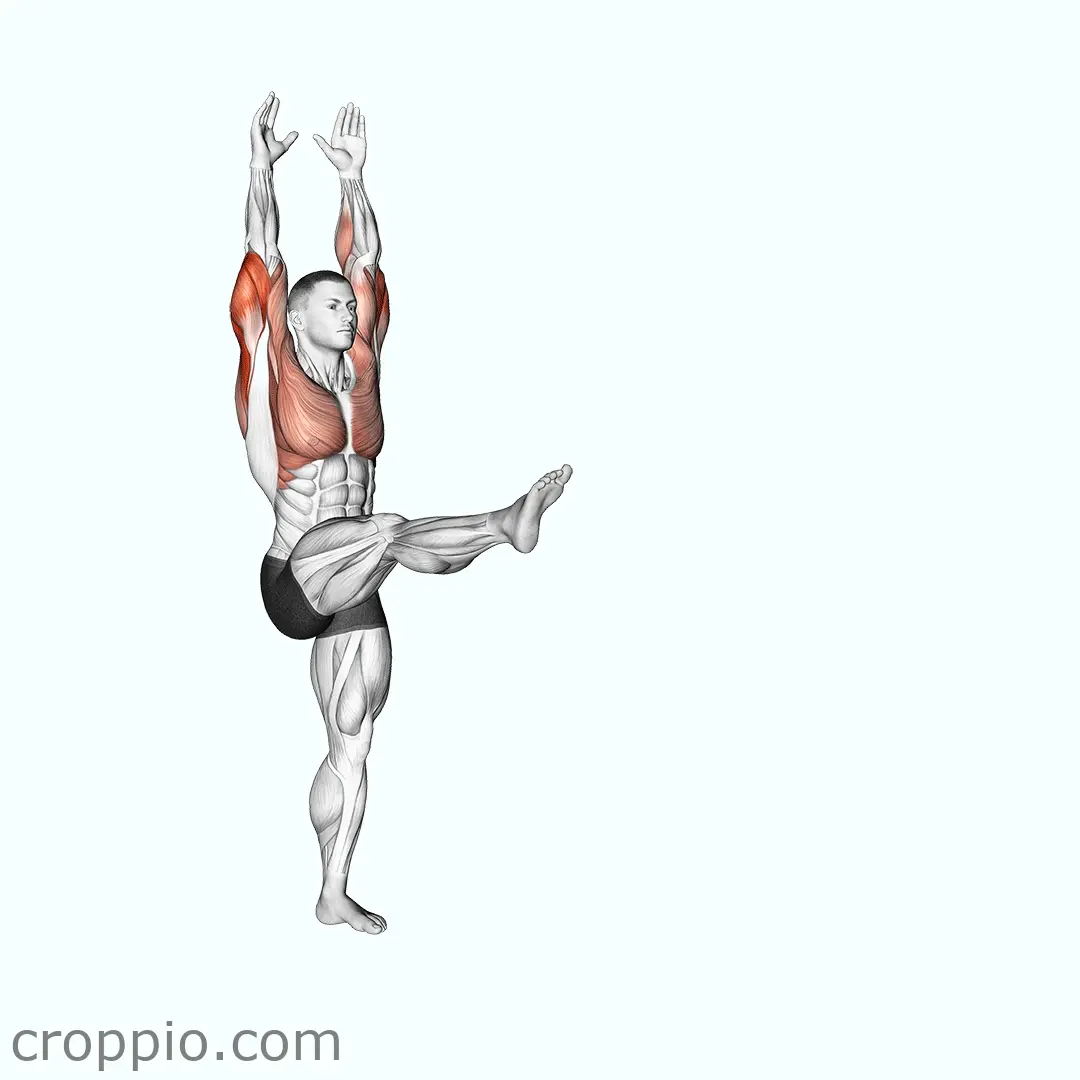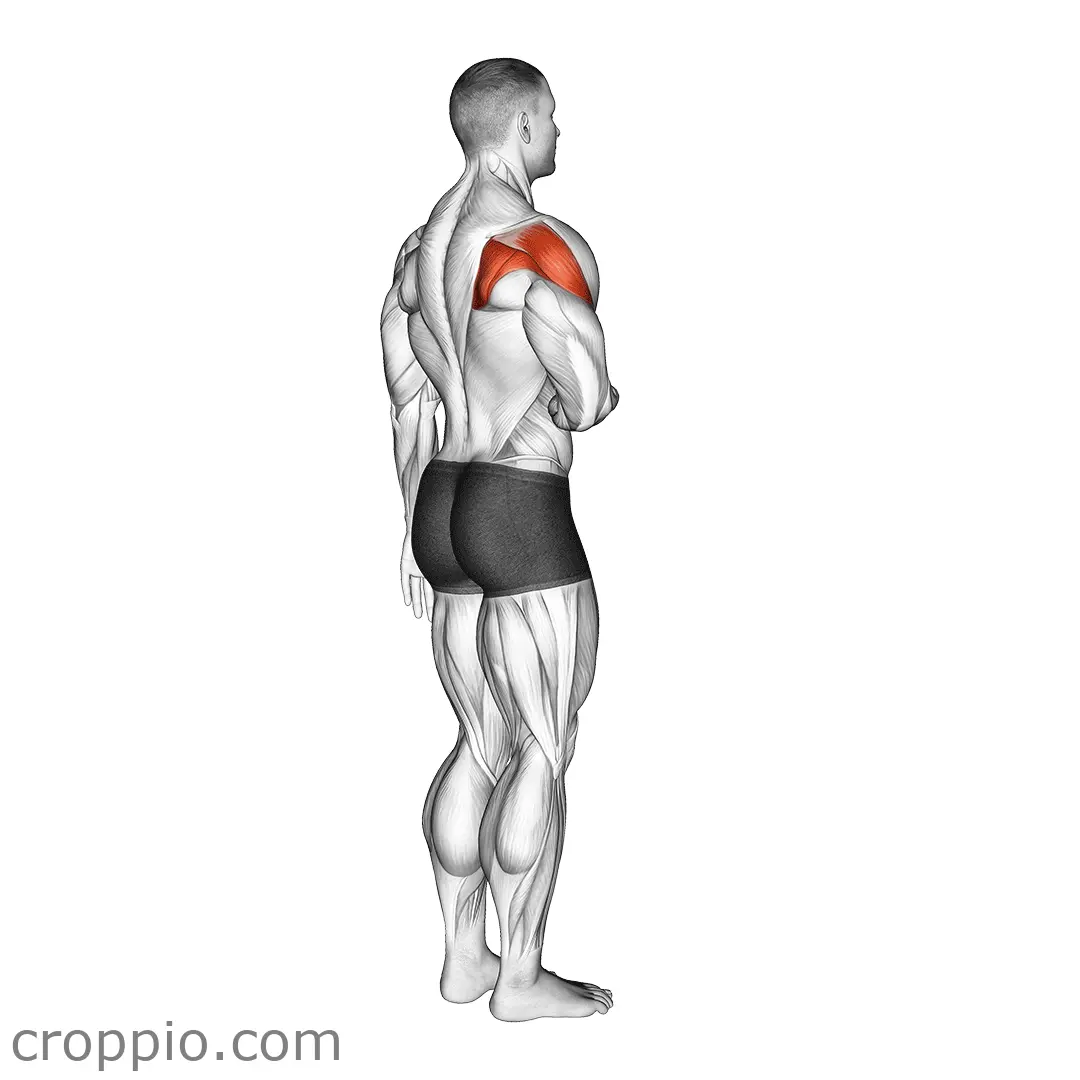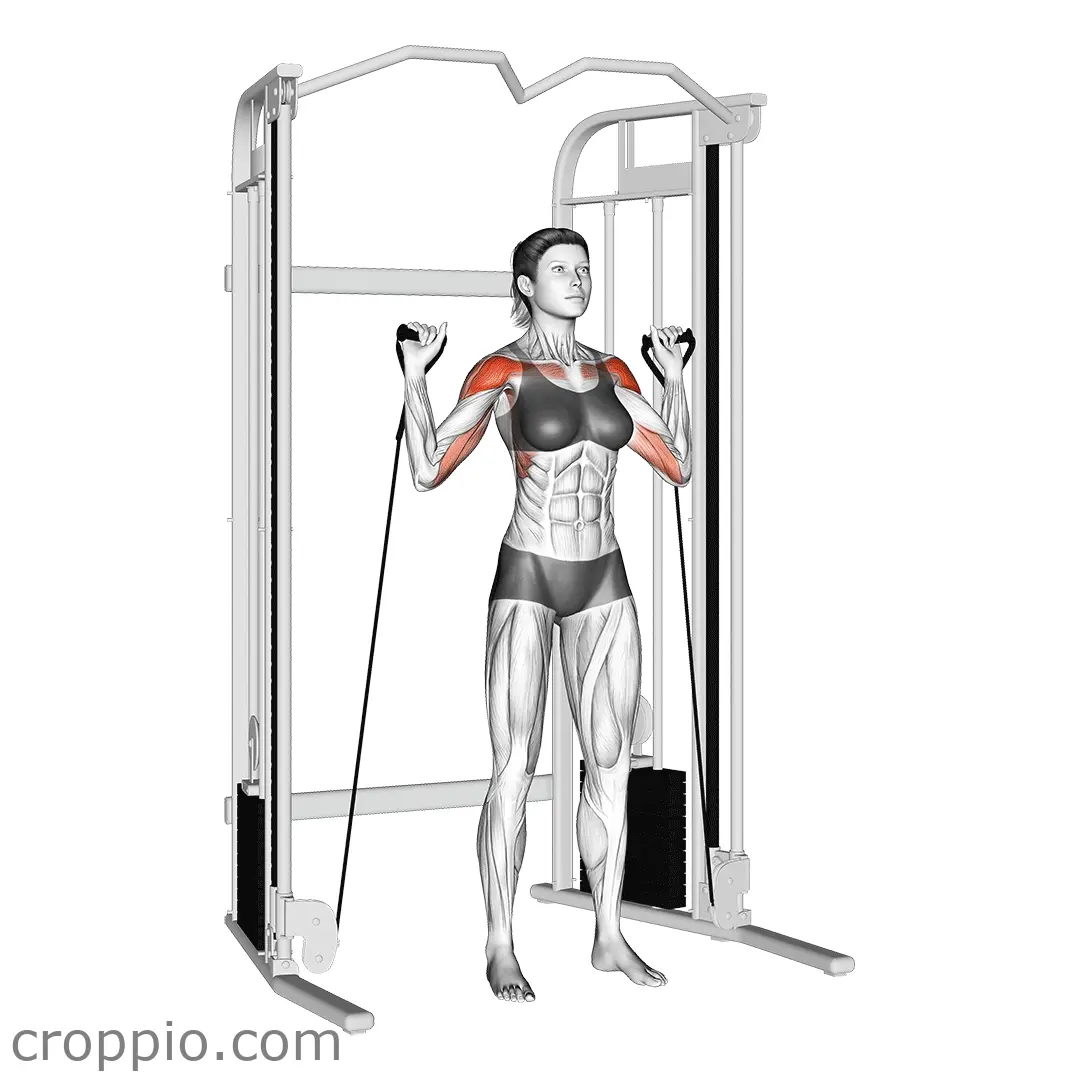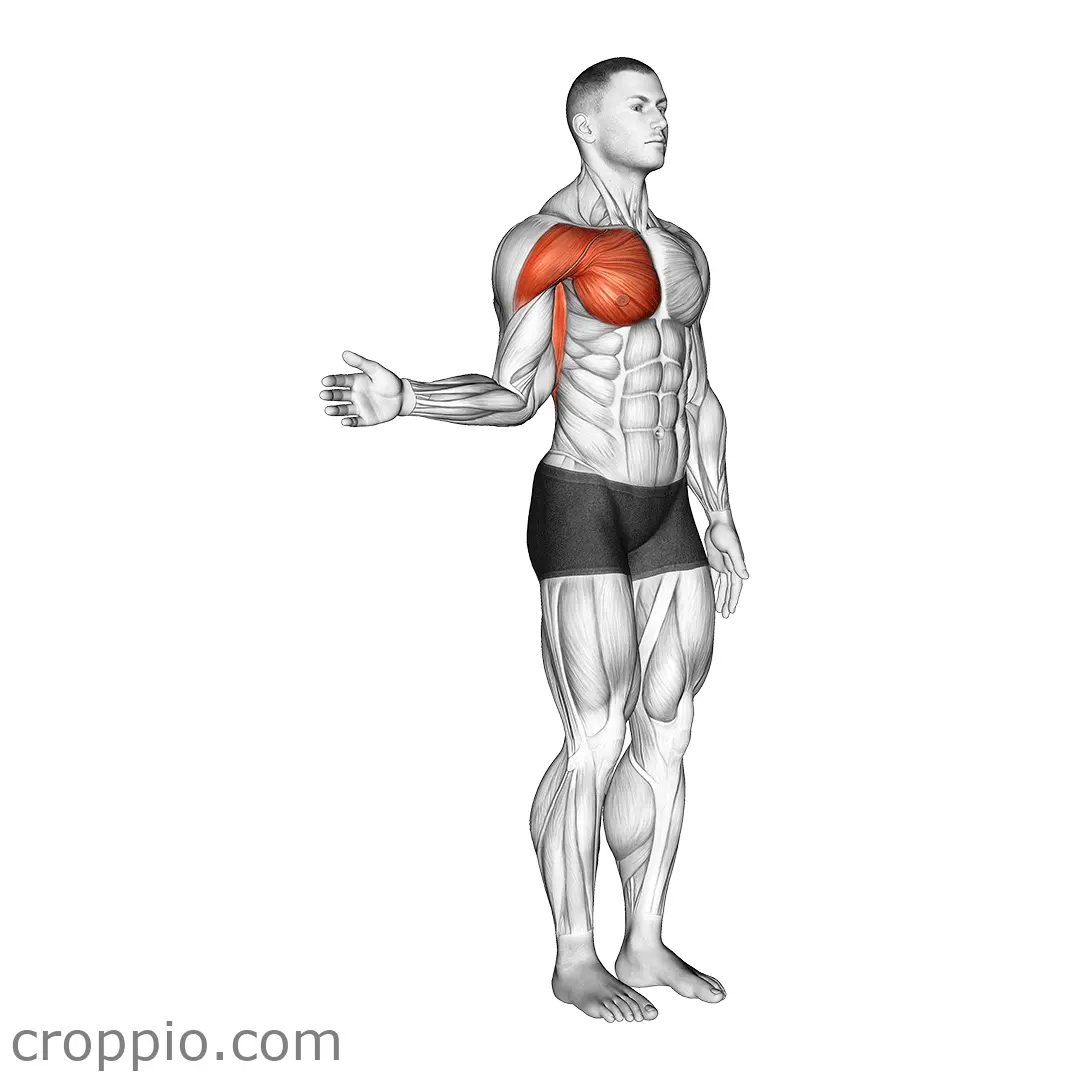Thread The Needle Stretch
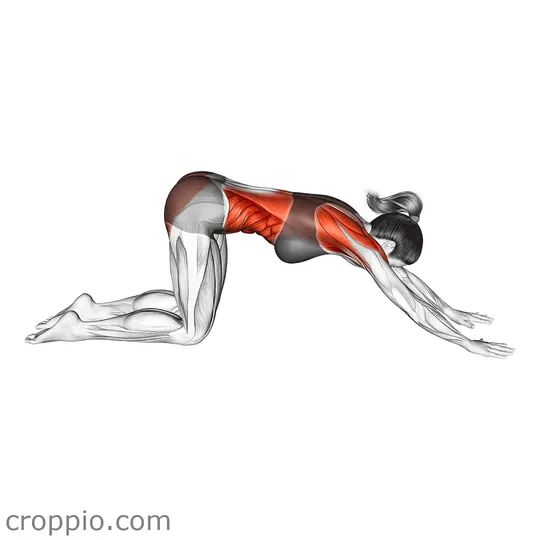
Muscles Involved
The "thread the needle stretch" is an excellent exercise that primarily targets the muscles of the upper back, particularly the rhomboids and the traps (trapezius). These muscles are crucial for shoulder stability and posture. It also engages the deltoids (shoulders) and latissimus dorsi (upper and side back) as secondary muscles. Additionally, by incorporating a rotational aspect, this stretch can help open up the thoracic spine, promoting mobility and flexibility in the chest and shoulder areas.
Top Mistakes
- Rounding the Back: Many individuals tend to hunch their back instead of maintaining a neutral spine during the stretch, which can diminish effectiveness and lead to discomfort.
- Overexertion: Pushing too hard into the stretch can result in strain. It’s important to listen to your body and avoid forcing the movement.
- Neglecting Breathing: Holding your breath is a common mistake. It’s vital to breathe deeply to facilitate relaxation and enhance the benefit of the stretch.
Execution Tips
- Start on All Fours: Begin in a tabletop position with hands directly under shoulders and knees under hips.
- Inhale to Prepare: Take a deep breath before beginning the stretch, allowing your body to relax.
- Thread the Needle: On an exhale, slide your right arm under your left arm, allowing your shoulder and head to gently rest on the ground. Ensure your hips remain elevated and squared.
- Stay Engaged: Keep your core engaged to maintain stability in your spine and avoid excessive rotation at the hips.
- Hold and Breathe: Hold the position for 20-30 seconds while taking deep breaths, then switch sides.
Workouts
The thread the needle stretch can be seamlessly integrated into a cool-down routine after a workout or yoga session. Aim for 2-3 sets on each side, holding the stretch for 20-30 seconds per set. Pair it with other exercises such as child’s pose or cat-cow stretches to enhance upper body flexibility and promote spinal mobility. Incorporating this stretch 2-3 times a week can significantly improve your shoulder health and overall posture.
Conclusion
In summary, the thread the needle stretch offers numerous benefits including improved flexibility in the upper back and shoulders, reduced tension and tightness, and enhanced posture. Regular practice of this stretch can aid in injury prevention, promote relaxation, and contribute to a well-rounded fitness routine. Whether you're an athlete or someone looking to maintain flexibility, this stretch is an excellent addition to your regimen.
